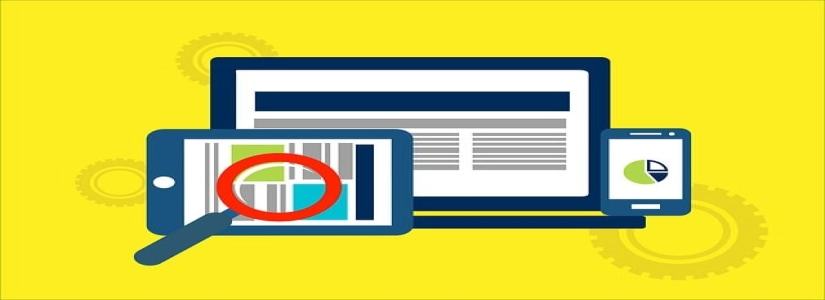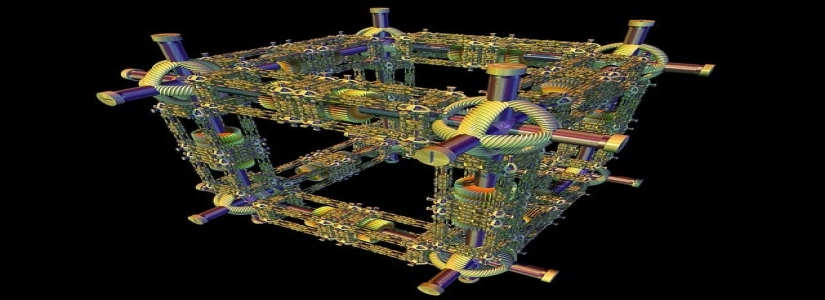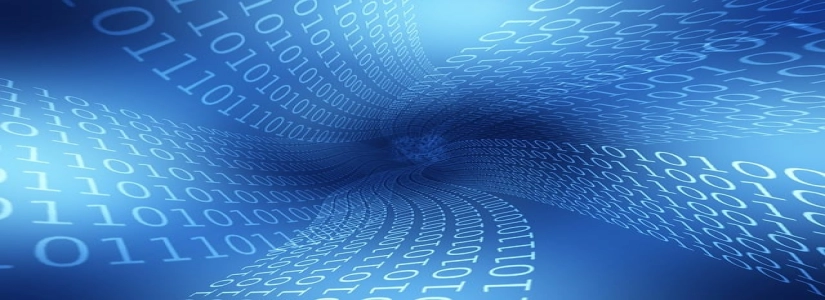舆情监控系统英文怎么说
Title: A Comprehensive Overview of Public Opinion Monitoring Systems
Introduction:
In the digital age, the emergence of social media platforms and online forums has led to an influx of public opinions and sentiments. As a result, it has become crucial for businesses, organizations, and governments to monitor and analyze public opinion to better understand stakeholders and make informed decisions. In this article, we will explore the concept of public opinion monitoring systems and discuss their importance in today’s dynamic environment.
I. What is a Public Opinion Monitoring System?
A. Definition: A public opinion monitoring system refers to the collection, analysis, and interpretation of public sentiments, discussions, and trends across various online platforms.
B. Purpose: The primary purpose of such a system is to gauge the public’s perception, attitude, and sentiment towards a specific topic, brand, or entity.
C. Components: A robust public opinion monitoring system typically includes data collection tools, sentiment analysis algorithms, and visualization and reporting features.
II. Importance of Public Opinion Monitoring Systems:
A. Crisis Management: A well-implemented monitoring system enables organizations to identify and respond promptly to emerging crises or negative sentiments before they escalate.
B. Brand Reputation Management: By tracking and analyzing online conversations, businesses can proactively manage their brand reputation and address potential issues, thereby maintaining positive public sentiment.
C. Market Research: Public opinion monitoring allows businesses to gather valuable insights into customer preferences, needs, and sentiment, which can inform product development, marketing strategies, and competitive intelligence.
D. Political Decision-Making: Governments rely on public opinion monitoring to understand the concerns and demands of their constituents, enabling them to formulate effective policies and strategies.
III. Key Features of Effective Public Opinion Monitoring Systems:
A. Data Collection: Systems should utilize advanced web crawling, social media data scraping, and surveying techniques to collect a comprehensive range of data.
B. Sentiment Analysis: Advanced sentiment analysis algorithms should be employed to accurately interpret and categorize sentiments expressed in online discussions and comments.
C. Real-time Monitoring: The ability to generate real-time reports and alerts allows organizations to respond swiftly and proactively address emerging trends or crises.
D. Data Visualization: User-friendly visualizations and dashboards help stakeholders gain meaningful insights from the collected data, simplifying decision-making processes.
Conclusion:
In today’s interconnected world, public opinion monitoring systems play an integral role in understanding and analyzing public sentiments. They drive informed decision-making, crisis management, brand reputation management, and market research. By leveraging advanced technologies and effective data analysis, organizations can stay ahead of public sentiment trends, maintain positive reputation, and effectively engage with stakeholders. Public opinion monitoring systems are a valuable tool in navigating the evolving landscape of public opinion.








